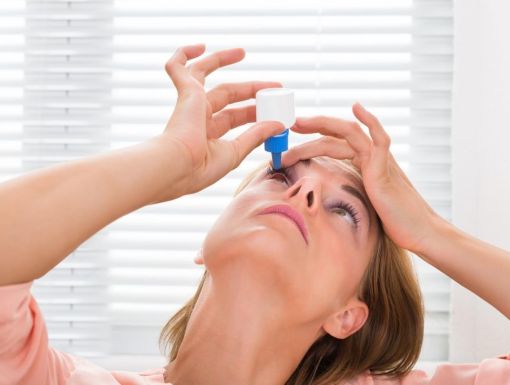
Is Chlorine Bad for Your Little Swimmer's Eyes? What to Know 2024
We have all experienced the burning and redness of “swimmer’s eye” after taking a dip in the pool. Many of us have been told that too much chlorine in the eyes can cause swimmer’s eye, but that’s only part of the story. Swimmer’s eye is often a combination of tear film disruption (dry eyes) and chemical conjunctivitis (irritation) caused by poor swimming habits and chlorine. The symptoms of swimmer’s eye and conjunctivitis can include irritation, burning, redness, itchiness, blurred vision, discharge, and swollen eyelids.
We have a thin layer of tears on the surface of our eyes. This tear film protects the front surface of our eyes by keeping it lubricated, or moist. The tear film also washes off irritants (like dust and pollen) and plays a role in good vision. The chlorine and saline in pools disrupt the tear film, causing your eyes to become red and irritated. Moreover, if bacteria are in the pool, this can lead to conjunctivitis.
If a swimming pool has a strong chemical odor, this may indicate that it is unsafe. A strong chlorine smell is caused by chloramines. These are chemical compounds that build up in pool water when it is improperly treated. Chloramines occur when chlorine disinfectants mix with perspiration, urine, and oils (even personal care products) that enter a pool on the bodies of swimmers.
It’s important to teach children and other swimmers proper hygiene habits (and pool safety habits), such as not urinating in the pool, as well as rinsing off before and after swimming. Also, remember to wear goggles, especially when swimming in a public pool. Goggles can protect eyes from both dryness and conjunctivitis.
So, what can you do if you or your child gets swimmer’s eye?
- If your eyes are red and irritated, rinse them out with sterile saline solution (also known as “EyeWash”) for 15-20 minutes. Follow this with a couple drops of an artificial tear every hour after swimming for the following 4-6 hours (look for eyedrops that say “lubricating” or “artificial tears”). Never use Visine or other “get the red out drops,” as these can cause dry eyes and make the problem worse. Furthermore, these drops can cause rebound vasodilation in which the blood vessels of the eyes remain engorged resulting in chronic red, dry eyes.
- Use a cool or cold compress, such as an icepack wrapped in a lint-free cloth, to relieve itching, burning, and irritation. Remember not to share the towel or icepack with others.
- Remove and discard contact lenses immediately. Chlorine, chloramines, and other liquid contaminants cannot be cleaned or removed from contact lenses. Do not resume contact lens wear until all symptoms are completely resolved.
- If there is any discharge from the eyes, or symptoms remain for more than two days, contact your eye doctor. This may be a sign of viral or bacterial conjunctivitis.
How can you prevent swimmer’s eye?
- Rinse off before and after entering a swimming pool.
- Wear goggles when swimming in any type of water.
- Do not allow any water (pool water, tap water, ocean, river, etc.) to come in contact with contact lenses. Either wear watertight goggles or remove contact lenses before swimming
- Hydrate! Water helps to maintain the aqueous layer the tear film. Healthy eyes start with healthy hydration habits.
Learn more about pediatric optometrist Kefla Brown, OD.



